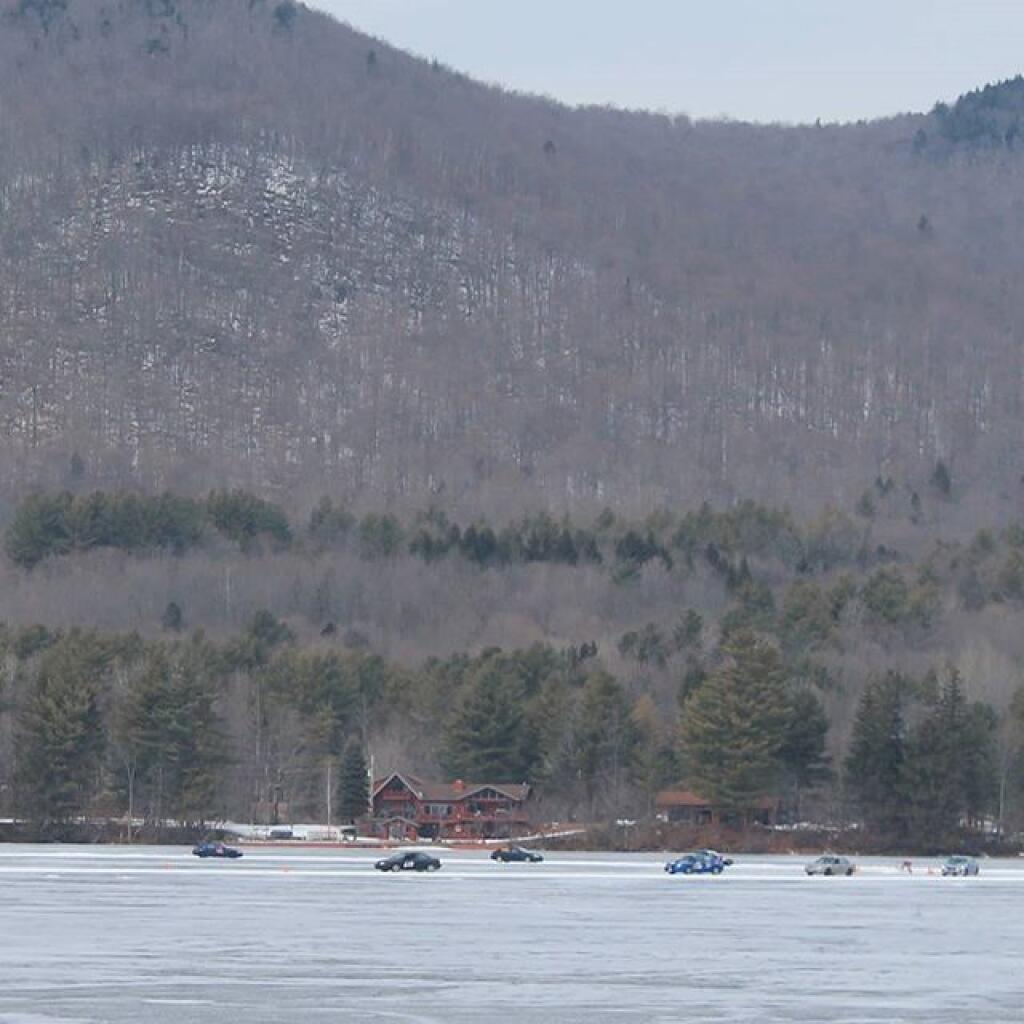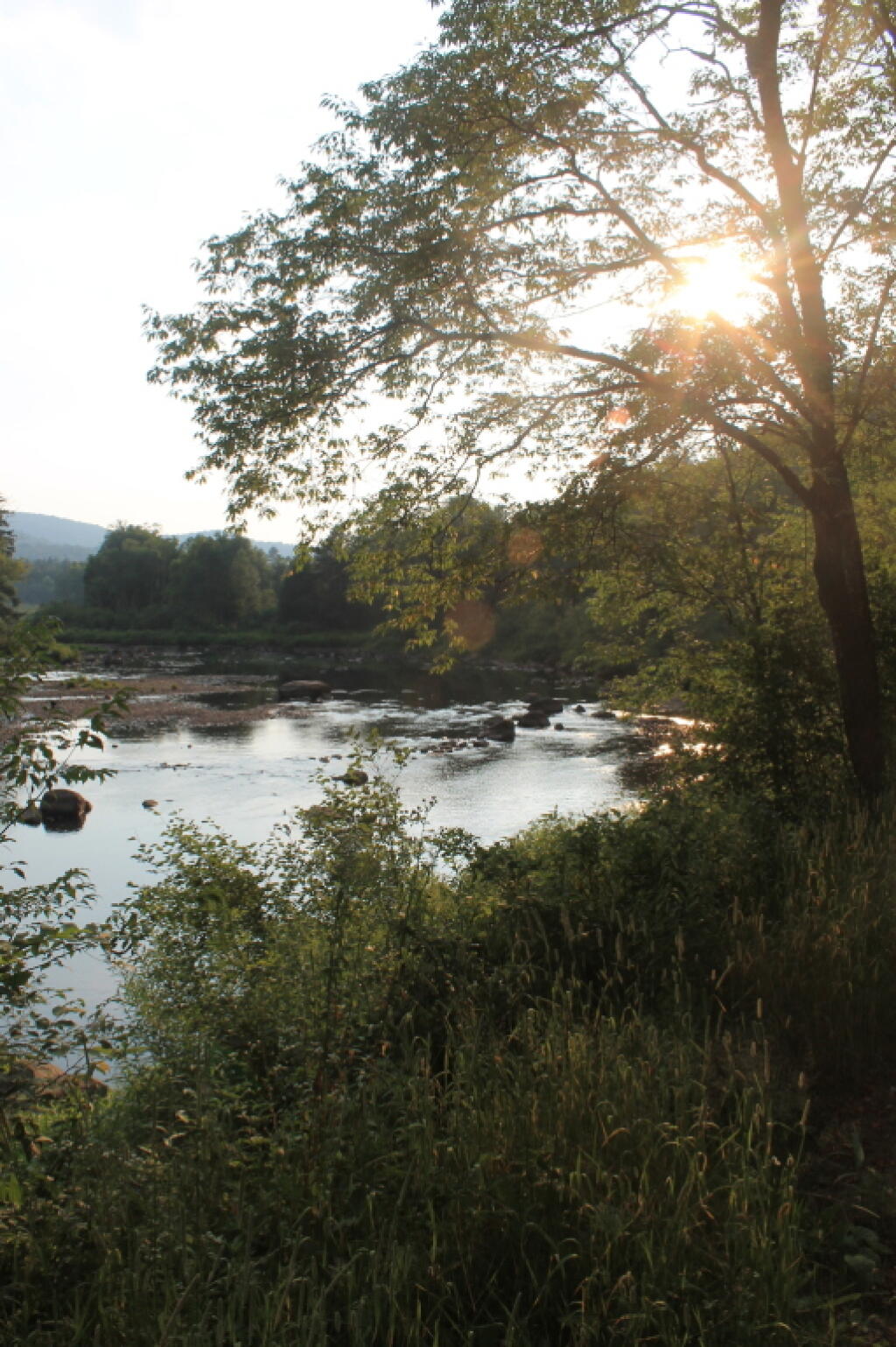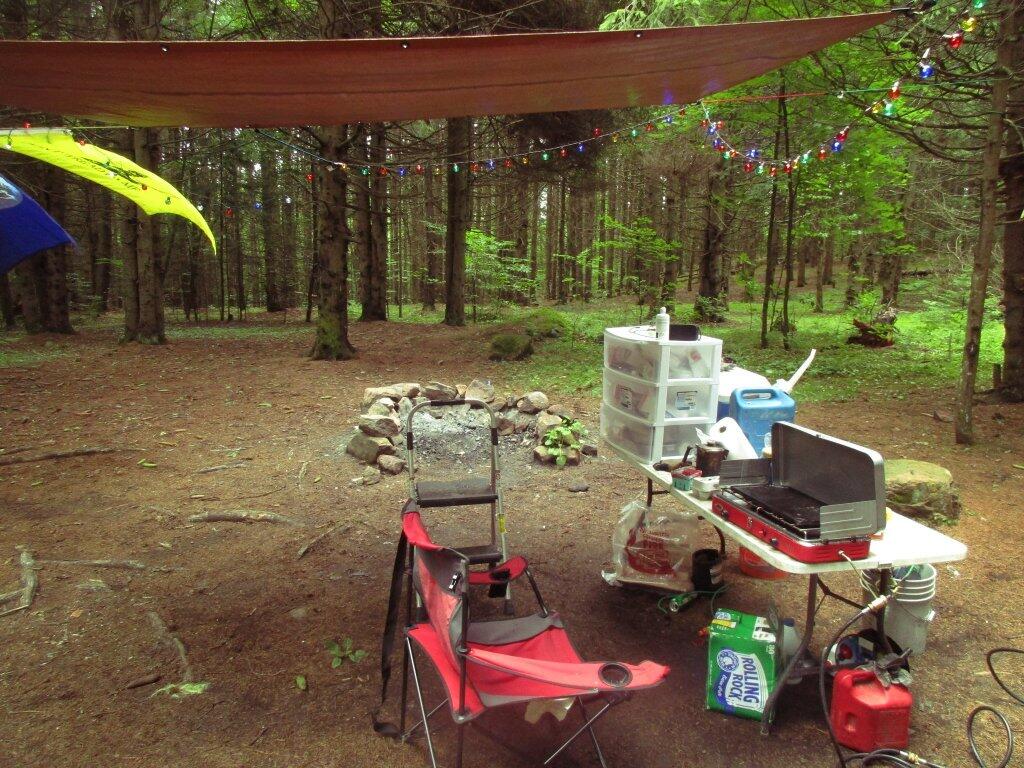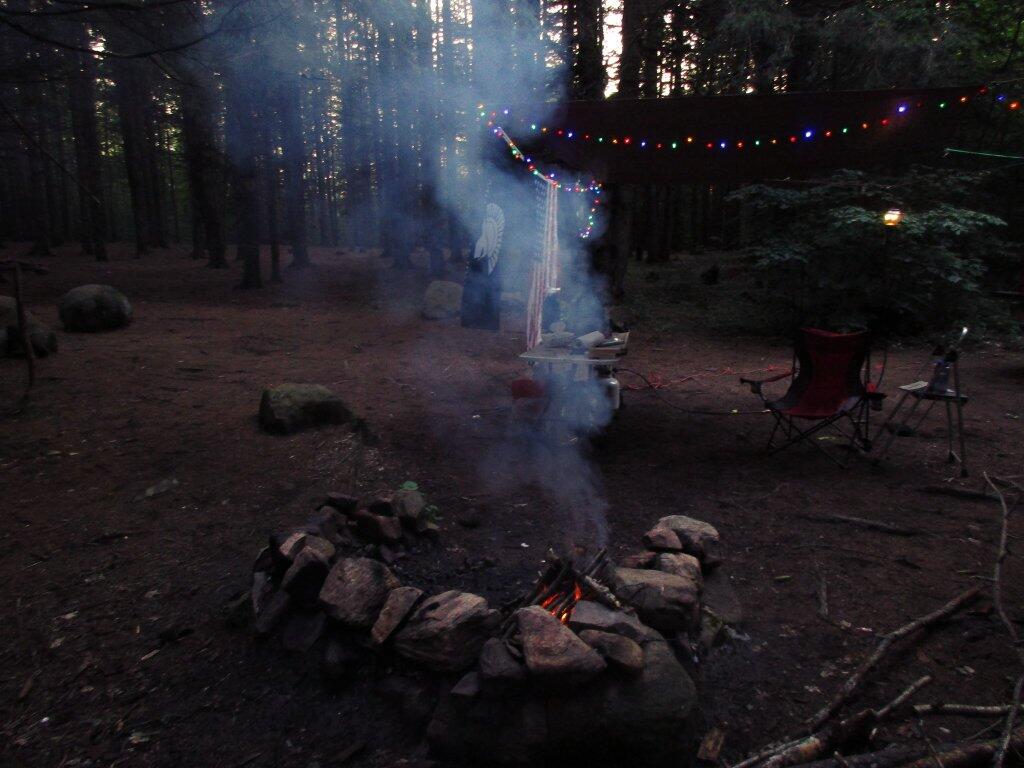Silver Lake Wilderness
Vermont Doubles Down on Wood Burning, with Consequences for Climate and Health | InsideClimate News
In a state where winters are cold, forests abundant and people celebrate self-reliance, wood has also made its way into the Vermont's latest renewable energy planning, billed as a way to cut climate-warming pollution. But is it a clean energy solution?
Wood burning means tradeoffs, though—for air quality, public health and the climate. Wood smoke contains a diverse mix of pollutants that can harm people's health: carbon monoxide, sulfur dioxide, nitrogen oxides, volatile organic compounds such as benzene and formaldehyde, and copious amounts of sooty fine particles called black carbon that can penetrate deep into the lungs and cross into the bloodstream. Vermonters already produce about 22 pounds of particulate matter emissions per capita from wood burning each year, by far the highest in the nation. And then there's the climate problem. Living trees absorb planet-warming carbon dioxide and store it, but once trees are cut down and burned, that carbon is released.
I think this analysis misses the point of how relatively clean rural air quality is compared to the big cities. Sure wood smoke pollutes a lot, but it's small compared to industrial sources of air pollution or pollution from tailpipes of automobiles in the cities. In polluted air basins, it makes sense to restrict wood burning, but in rural areas with generally good air quality -- at least compared to the cities -- wood is a renewable source of energy and supports healthy forests, even if it's not a good source of energy for the big cities.
Shoreline
Setting Sun
Camp
Wet Firewood
Lots of smoke. But with some careful fire building, I eventually was able to get a nice roaring campfire.
Taken on Saturday July 15, 2017 at Whitehouse, NY.Woods Lake
Fishing at Woods Lake.




